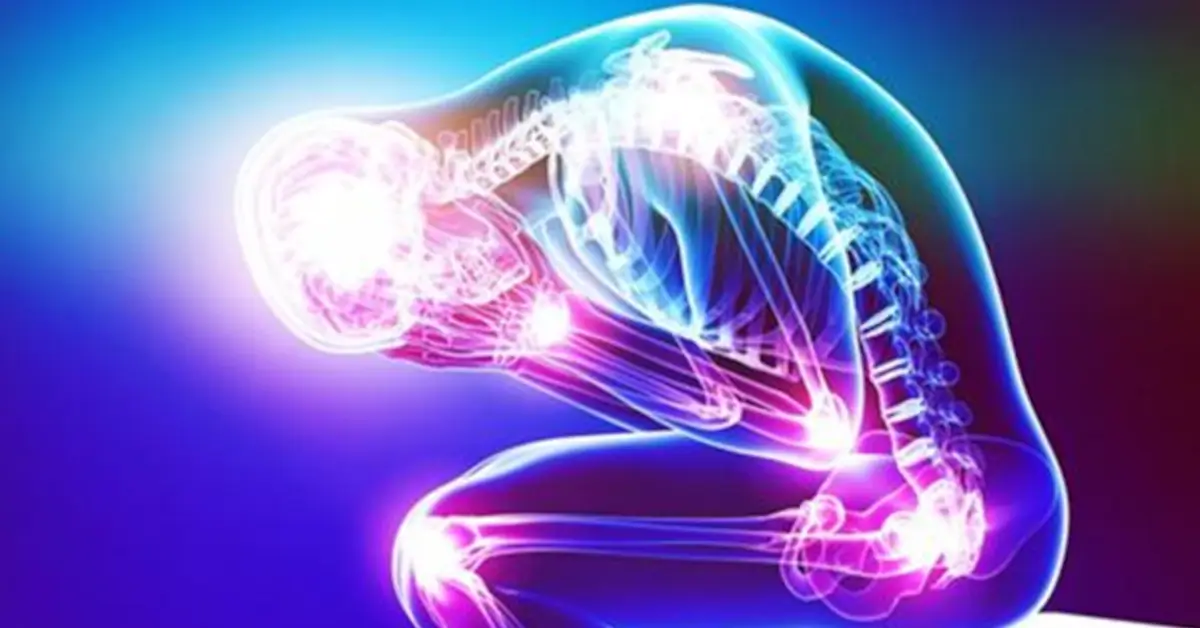Chronic pain, which is defined as pain that lasts for several months or, in some cases, years, can be debilitating. Chronic pain, whether from injury, osteoarthritis, fibromyalgia or medical treatments, affects an astounding 116 million Americans each year and can lead to further problems, including depression, difficulty walking, sleeping and eating. It deeply impacts families and can lead to social isolation, as well.
These problems may be exacerbated by an all-too-typical response by some members of the medical community when confronted by patients in pain. They can’t see or measure the pain, so they dismiss it with a common refrain; you just have to live with it.
If you’ve been told to “deal with it,” you should know that at The Center for Musculoskeletal Disorders, we pay special attention to your suffering and take it seriously. With medical expertise and compassion, we provide solutions to help you cope with and hopefully eliminate the constant presence of your pain.
Understanding Your Pain
If you are experiencing chronic pain, pay attention to any relevant details. This will assist your doctor(s) in a crucial understanding of how to treat you. You might consider keeping a diary of your pain: what hurts, where it hurts, when it hurts and how much it hurts. Describe the pain – Is it burning or achy? Does it feel like pins and needles? Is the pain sharp or dull? Also, take note of what increases/lessens your pain. In addition, mark techniques or medications and their effects.
Pain Management Specialists
Pain management specialist at our orthopedic practice use a variety of modalities to help patients manage their pain and regain control of their lives. At The Center for Musculoskeletal Disorders, we focus on a customized approach and consider not just the pain but also the whole person.
Treatment Methods for Pain
Medications
We can recommend the following over the counter and prescription medications:
- Nonsteroidal anti-inflammatory drugs (NSAIDs): Available over the counter or by prescription, these include ibuprofen (Aleve) or naproxen (Motrin) and treat inflammation, such as that caused by tendonitis, bursitis and arthritis
- Analgesics: Both over the counter and by prescription, analgesics may be used to relieve chronic pain in conditions, such as osteoarthritis
- Corticosteroids: Available only by prescription, these cortisone-like drugs are used for more severe inflammatory conditions. They can be taken orally and in the form of injections, such as cortisone administered into a joint
- Narcotic analgesics: Used to relieve acute pain, these medications are applicable in such cases as post injury or post surgery. Due to their addictive nature, we try to avoid these whenever possible. They are only utilized after exhausting other treatment options and are monitored by a physician
- Anticonvulsant medications: These relieve neurogenic (nerve) pain and chronic pain of the soft tissues caused by disorders, such as fibromyalgia
- Local anesthetics: These are an option for some types of superficial surgical procedures of the hand and foot. Local anesthetics are also used for temporary relief of pain. They can be applied as a topical patch over a painful area of skin
Physical Therapy
Although it seems counterintuitive to move when you’re in pain, and it may seem like the last thing you want to do, movement is often the most beneficial approach to relieving and solving problems of chronic pain. Physical therapy can be highly effective for an array of chronic musculoskeletal and neuropathic types of pain. Its benefits include strengthening the muscles, providing stability in the joints, and increasing flexibility in the muscles and joints.
Injection Therapy for Pain Management
This form of therapy involves injections into or around various levels of the spinal region. These injections can be relatively superficial and used for painful muscles (called trigger point injections) or they may involve more invasive procedures.
There are multiple procedures:
- Epidural injections for pain involving the neck and arm or the back and leg
- Facet injections into the joints that allow movement of the neck and back
- Injections for burning pain of the arms or legs
The vast majority of injections done for the diagnosis or treatment of chronic pain are performed on an outpatient basis.
Bracing
Bracing, specifically of the back and neck, is another way to manage pain. This treatment option is available at The Center for Musculoskeletal Disorders.
Surgery
Our pain management specialists work very closely with highly qualified spine surgeons to provide relief through minimally invasive surgery when all other conservative treatment options have been exhausted.
Count on The Center for Musculoskeletal Disorders to understand your pain and to treat you with experience, sensitivity and compassion.

